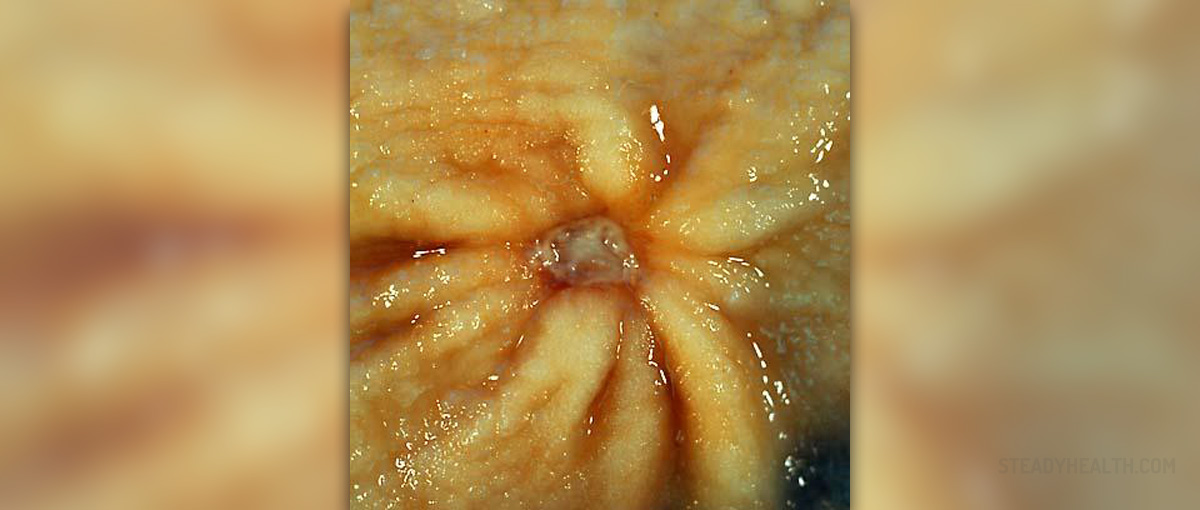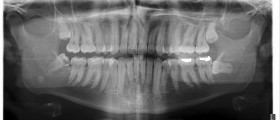
The ovaries are the organs which are commonly affected by cysts. During the menstrual cycle, production and release of the egg (the ovum) ovaries produce cystic formations which eventually burst and release a mature egg. So, this drives to conclusion that ovaries are susceptible to cyst formation.
Functional cysts are one type of cysts affecting the ovary and are considered the most common one. They develop during a woman's reproductive period and are closely connected with ovulation. These cysts are benign and represent no reason for a woman to worry.
Types of Functional Ovarian Cysts
There are two functional ovarian cysts, follicular ovarian cysts and corpus luteum cysts.
A follicular cyst is a normal structure which develops in case the follicle (an egg sac) does not discharge the egg. It is also possible for such cyst to develop in case the follicle keeps on filling with fluid. The good thing is that follicle cysts are quite benign, they appear and disappear on their own and in many cases women are not even aware of their presence.
A corpus luteum cyst is not as common as follicular cysts. This type of functional ovarian cyst develops after the egg has been released and is made of the tissue that has been left behind after the egg release. Namely, the tissue that has remained forms a sac which further fills with fluid. Such cysts also withdraw spontaneously but may sometimes burst and cause certain health problems (pelvic pain and bleeding).
Diagnosing Functional Ovarian Cysts
Since most functional ovarian cysts are asymptomatic women are rarely aware of their presence. They can be accidentally found during gynecological exam and pelvic ultrasound. In case these cysts grow to a significant size, they start to compress surrounding organs and tissues causing different symptoms. For example, large functional cysts may be associated with discomfort, dull pain (spontaneous or felt during intercourse) and irregular periods. Pelvic ultrasound confirms the presence of a cyst and further evaluation differentiates the cyst from other potential growths such as ovarian cancer.Functional Ovarian Cysts - Treatment
Functional ovarian cysts generally do not require any treatment because they withdraw on their own. Patients may need to be closely monitored (regular ultrasound exams). This way the doctor will have insight in further growth of the cyst or its withdrawal. Only cysts that continue growing and those that cause serious problems require surgical removal. They are usually removed laparoscopically. The procedure is a routine, performed under general anesthesia and the recovery does not last long.

















Your thoughts on this
Loading...